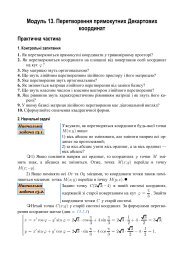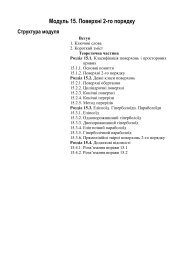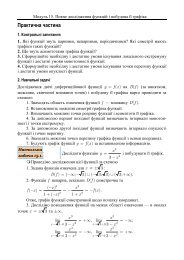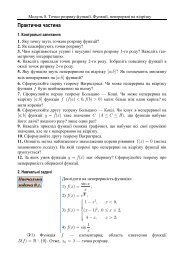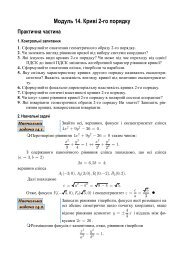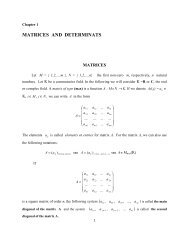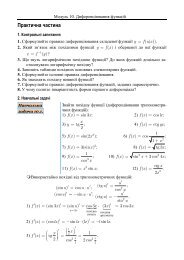4. Perception Understanding Key Concept - Uuooidata.org
4. Perception Understanding Key Concept - Uuooidata.org
4. Perception Understanding Key Concept - Uuooidata.org
Create successful ePaper yourself
Turn your PDF publications into a flip-book with our unique Google optimized e-Paper software.
A script schema is defined as a knowledge framework that describes the appropriate sequence ofevents in a given situation. For example, an experienced manager would use a script schema tothink about the appropriate steps involved in running a meeting. Finally, person-in-situationschemas combine schemas built around persons (self and person schemas) and events (scriptschemas). Thus, a manager might <strong>org</strong>anize his or her perceived information in a meeting arounda decisiveness schema for both himself or herself and a key participant in the meeting. Here, ascript schema would provide the steps and their sequence in the meeting; the manager wouldpush through the steps decisively and would call on the selected participants periodicallythroughout the meeting to respond decisively. Note that, although this approach might facilitate<strong>org</strong>anization of important information, the perceptions of those attending might not be completelyaccurate because decisiveness of the person-in-situation schema did not allow the attendeesenough time for open discussion.As you can see in Figure 1.14, schemas are not important just in the <strong>org</strong>anizing stage; they alsoaffect other stages in the perception process. Furthermore, schemas rely heavily on automaticprocessing to free people up to use controlled processing as necessary. Finally, as we will show,the perceptual factors described earlier, as well as the distortions, to be discussed shortly,influence schemas in various ways.Interpretation Once your attention has been drawn to certain stimuli and you have grouped or<strong>org</strong>anized this information, the next step is to uncover the reasons behind the actions. That is,even if your attention is called to the same information and you <strong>org</strong>anize it in the same wayyour friend does, you may interpret it differently or make different attributions about the reasonsbehind what you have perceived. For example, as a manager, you might attribute complimentsfrom a friendly subordinate to his being an eager worker, whereas your friend might interpret thebehavior as insincere flattery.Retrieval So far, we have discussed the stages of the perceptual process as if they all occurredat the same time. However, to do so ignores the important component of memory. Each of theprevious stages forms part of that memory and contributes to the stimuli or information storedthere. The information stored in our memory must be retrieved if it is to be used. This leads usto the retrieval stage of the perceptual process summarized in Figure 1.1<strong>4.</strong>All of us at times can’t retrieve information stored in our memory. More commonly, ourmemory decays, so that only some of the information is retrieved. Schemas play an importantrole in this area. They make it difficult for people to remember things not included in them. For





